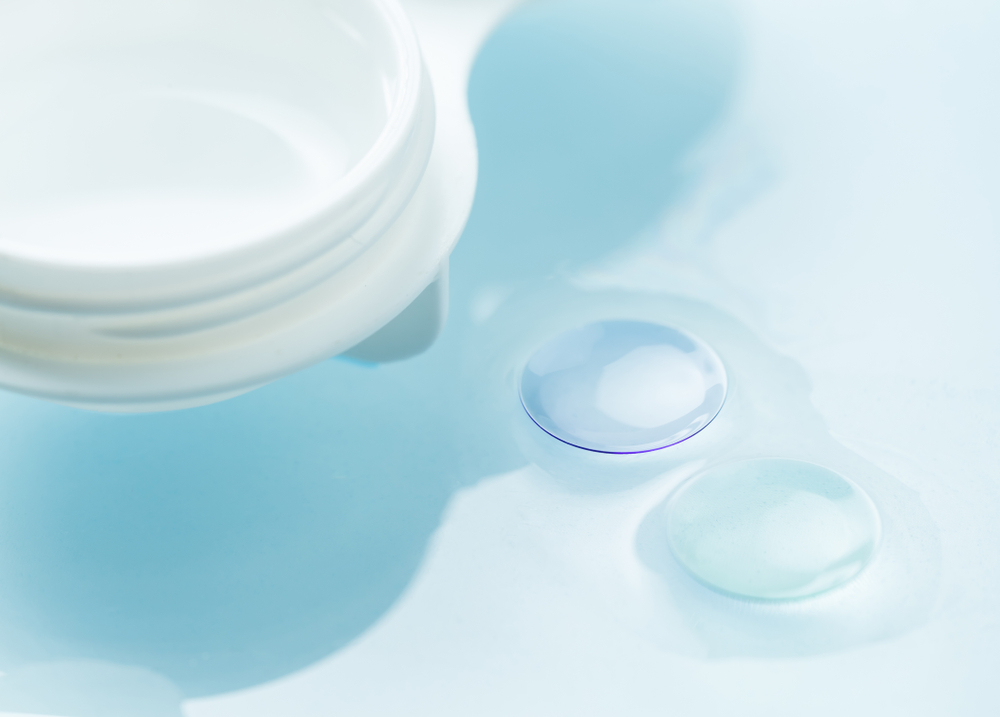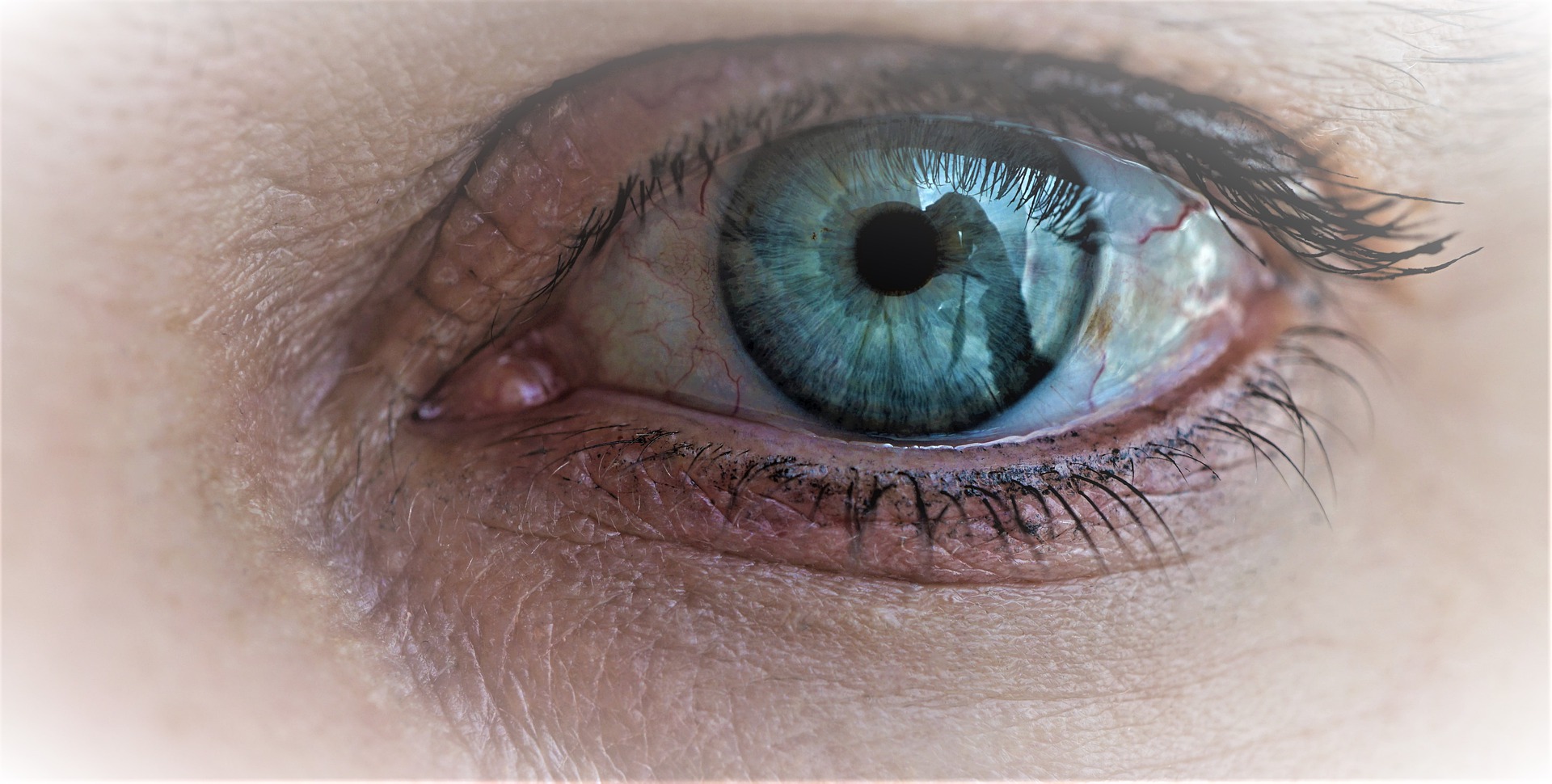Soft VS RGP Lenses
Below is a brief comparison of soft and Rigid Gas Permeable (RGP) contact lenses. A thorough eye examination and a better understanding of your specific vision requirements will help determine the best options for you.
Soft contact lenses
Advantages
Greater initial comfort than hard or rigid gas permeable (RGP) lenses.
Shorter adaptation period for new wearers.
Ideal for intermittent wear.
Less susceptible to the intrusion of foreign objects under the lens, such as dust.
Less sensitivity to light than with hard or RGP lenses.
Rarely fall out of the eye, making them ideal for sports, particularly contact sports such as football or basketball.
Available in tinted versions.
Disadvantages
Less durable than hard or RGP lenses.
May dry out, causing discomfort for some, especially under a hair dryer, in hot rooms, or in windy, dry weather.
More involved lens care, especially for conventional soft lenses.
Susceptible to more protein or lipid deposits, that reduce lens performance in the long term.
May absorb chemicals from the environment, which can cause irritation.
Rigid Gas Permeable (RGP) lenses
RGP lenses are, as the name implies, rigid, but the plastics of which they are made are somewhat more flexible than hard lenses. Newer RGP lenses offer the advantage of allowing more oxygen to pass through to the eye.
Sometimes they are referred to as “Oxygen Permeable Lenses”. They are available in daily wear and extended wear options.
Advantages
Good vision.
Correct most corneal astigmatism.
Good durability.
Good handling characteristics.
Easier care.
Disadvantages
Less initial comfort than soft lenses.
Longer adaptation period required than soft lenses.
More easily dislodged.
Can scratch and break.
Intermittent wear less feasible.






